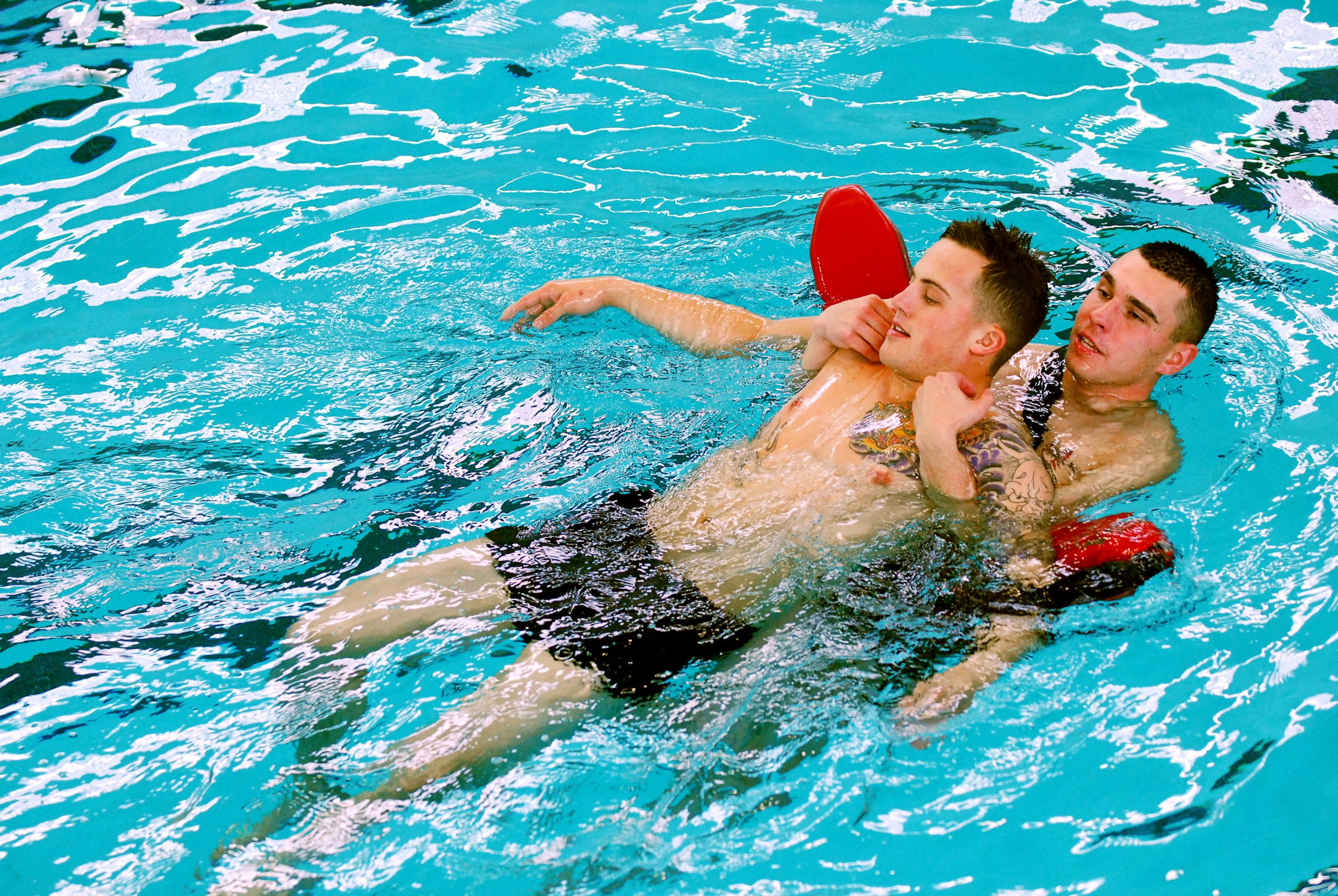Lifeguards are responsible for ensuring the safety of swimmers and patrons in the water, and physical fitness is an essential component of their job. A fit and healthy lifeguard will be better equipped to respond to emergencies and perform the physically demanding tasks required of the job. Here are some examples of fitness training that can be beneficial for lifeguards:
- Cardiovascular training: This can include activities such as running, swimming, cycling, or rowing to improve cardiovascular endurance and overall fitness.
- Strength training: This can include exercises such as weightlifting, bodyweight exercises, and resistance training to improve overall strength and endurance.
- Flexibility training: This can include exercises such as yoga, stretching, and Pilates to improve flexibility and prevent injuries.
- Agility and balance training: This can include exercises such as plyometrics, balance exercises, and obstacle courses to improve agility and balance.
- Rescue training: This can include training in swimming and rescue techniques, as well as training in the use of rescue equipment such as tubes, spinal boards, and AEDs.
- First aid and CPR training: This is an essential component of a lifeguard’s job and must be kept up to date.
It’s important for lifeguards to maintain a consistent fitness training regimen, both during the off-season and during the swimming season. Regular fitness training can help lifeguards to perform their duties effectively and safely, and can also help to prevent injuries.
It’s also important to note that a lifeguard’s fitness level should be appropriate for the specific position and facility where they work, and should be in compliance with the regulations and standards of the facility and the state/country.
Current pre-screen requirements for lifeguard certification may not meet physical fitness requirements to be a lifeguard. Based on current guidelines, it is suggested to evaluate lifeguard fitness levels every 10-12 weeks(1). The fitness test should match or exceed the physical exertion a lifeguard will experience in an emergency at your facility. Below are some basic criteria. We have also created a template that can be used to create your own assessment that can be found here:
- Approach the victim swiftly and efficiently.
- Descending to the deepest area of the location (not exceeding 20 feet).
- Retrieving the victim (an adult submersible manikin or equivalent).
- Returning the victim to safety.
- Safely transferring the victim (with assistance from other staff if outlined in the specific venue’s emergency action plan) to a designated area accessible for emergency medical services.
- Administering CPR for a duration of 9 minutes (based on the average US response time) or the documented response time of the venue, whichever is shorter.
Notes:
- The sequence above should be done in a continuous uninterrupted sequence.
- If your facility does not have a manikin, replace the CPR with a 400-yard swim. That should be comparable enough to 9 minutes of CPR.
References
1. Consensus of the United State Lifeguard Standards Coalition. United States Lifeguard Standards. United State Lifeguard Standards Coalition. [Online] January 2011. http://www.lifeguardstandards.org/.

